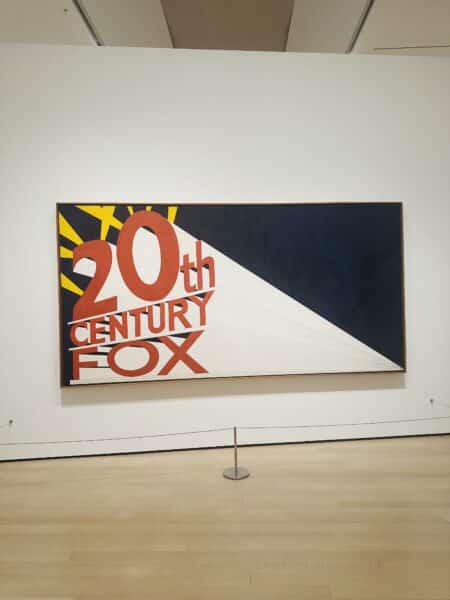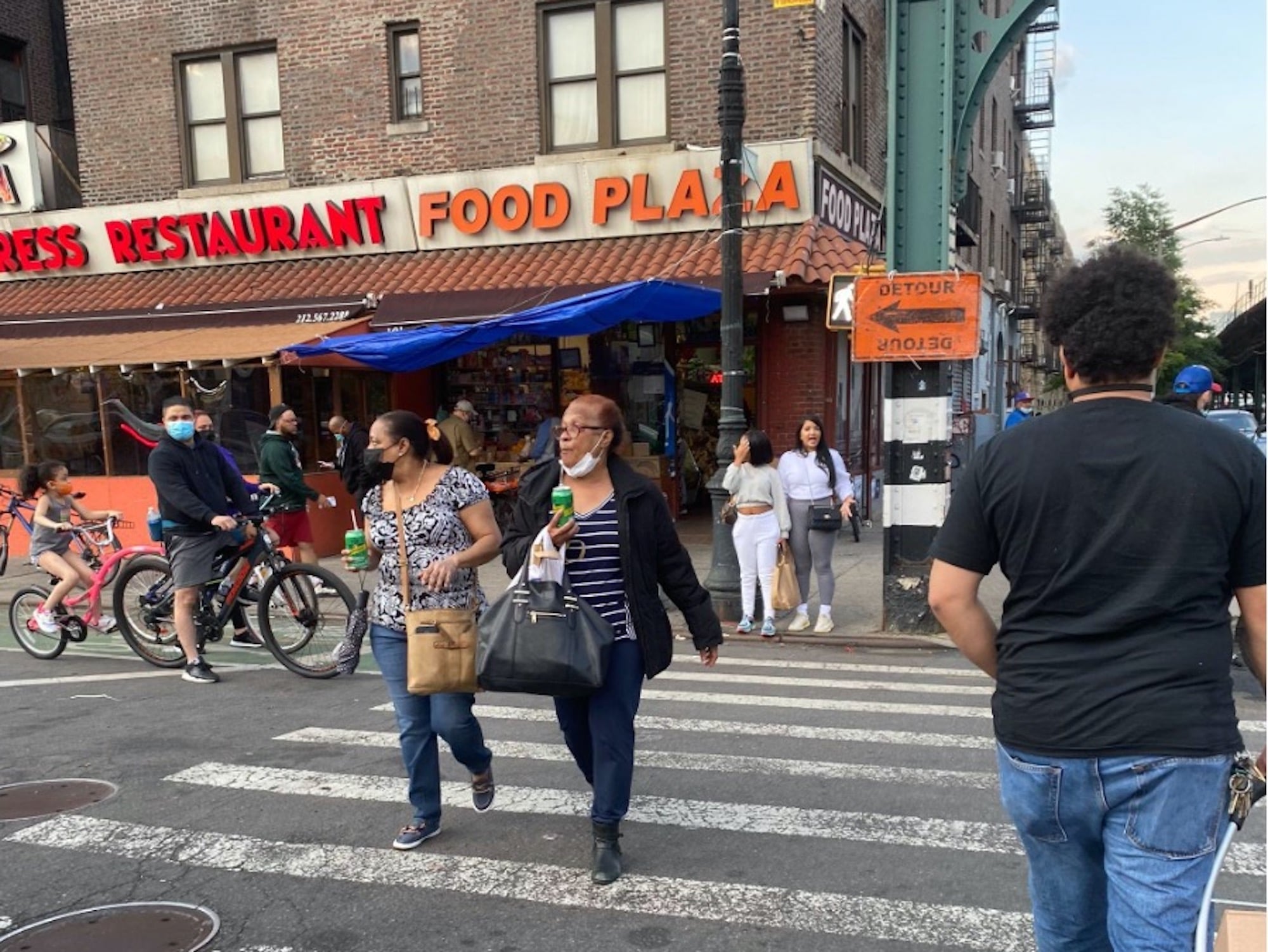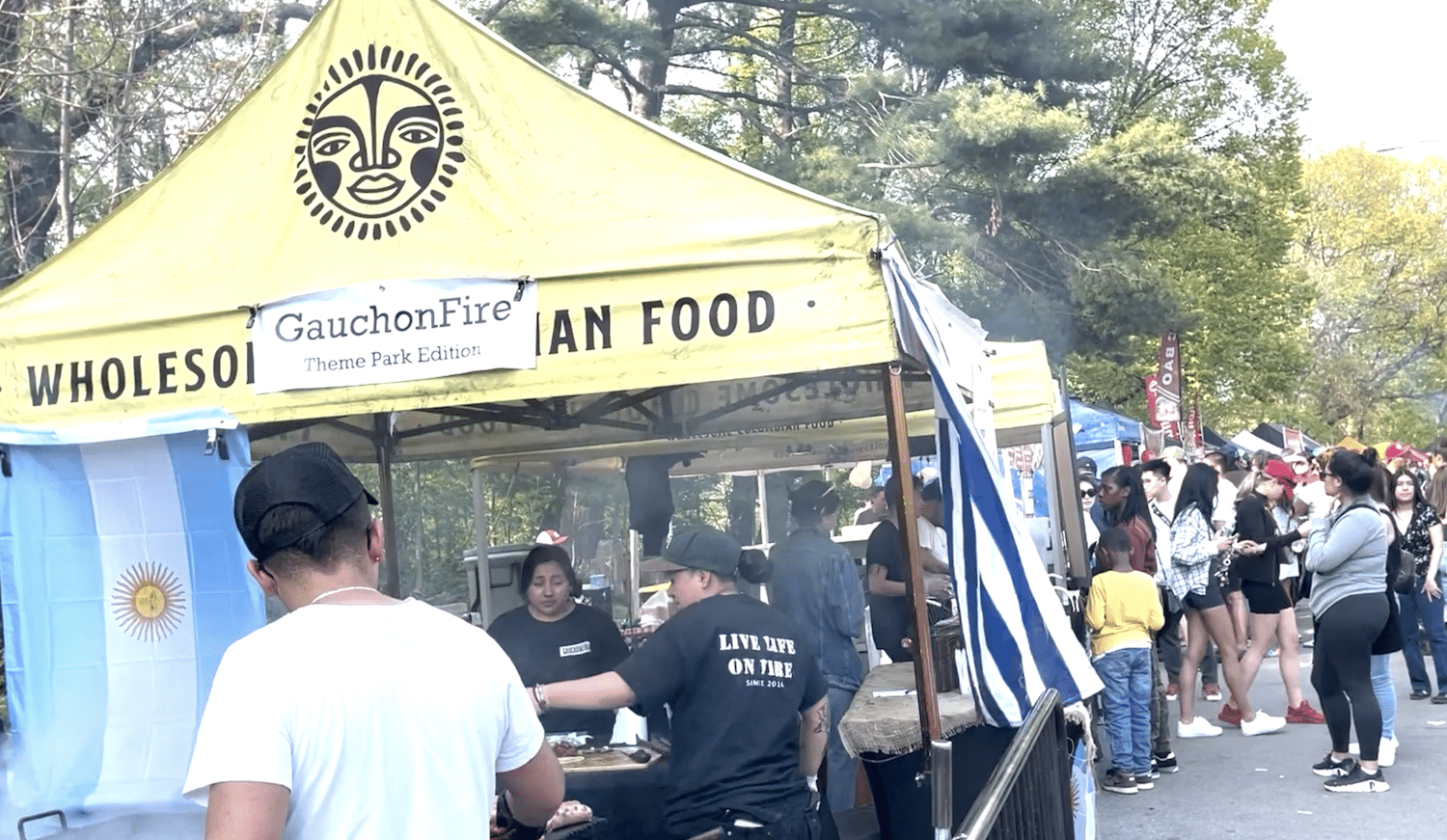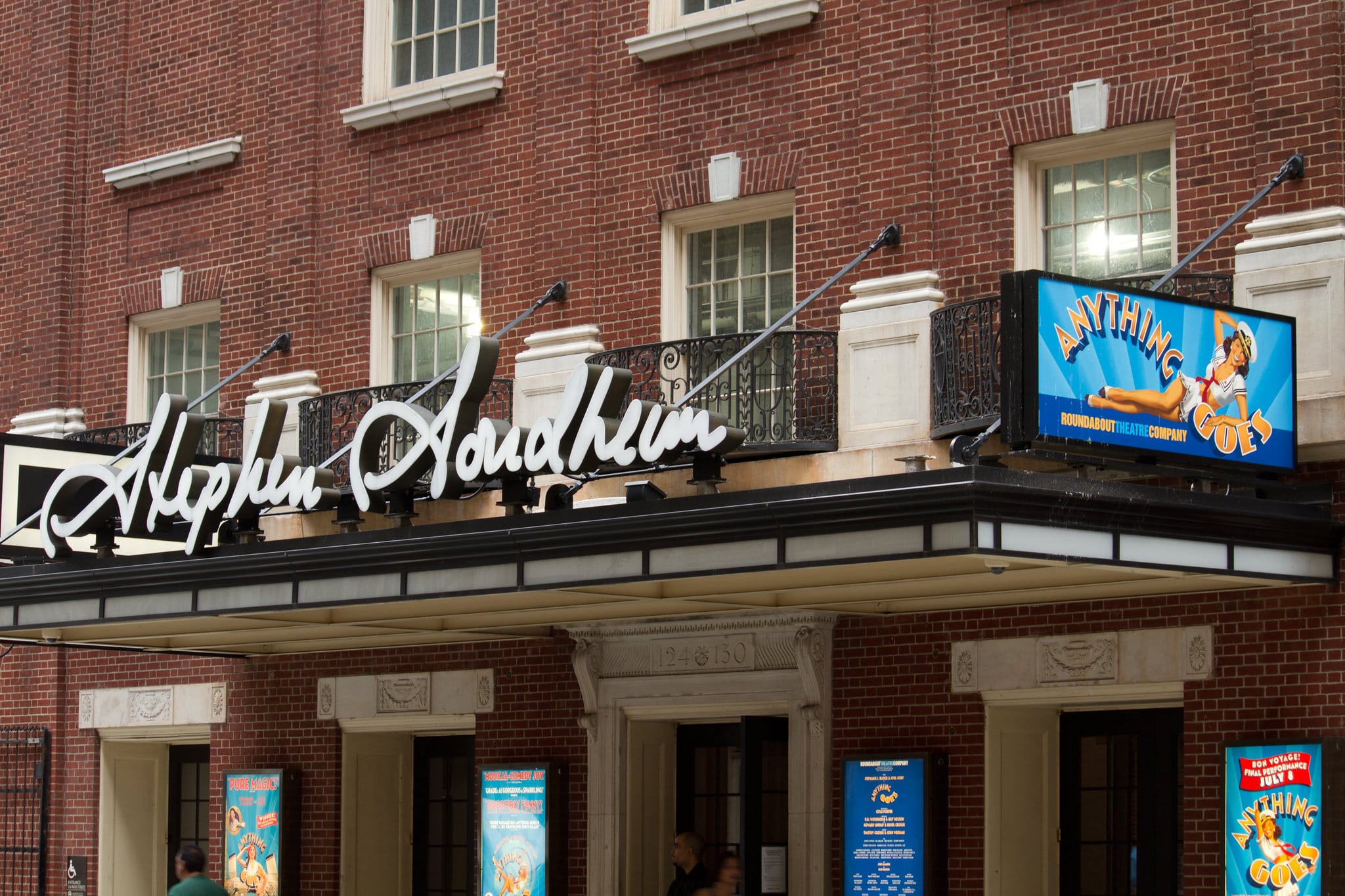The Chocolate Room by Ed Ruscha chocolate covered paper over four walls. Photo by Raisa Zannat.
The Museum of Modern Art (MoMA) is showcasing the most extensive collection of Ed Ruscha’s artwork, in a show called ED RUSCHA / NOW THEN. Ruscha’s paintings play with words and use unconventional materials including chocolate, gunpowder, rose petals, and even his blood. In an interview with MoMA, Ruscha said he deliberately avoids oil paint now. He describes his use of eccentric mediums in his artwork as, “Oil on canvas fatigue.”
The exhibition showcases over 200 works from 1958 to the present that include paintings, drawings, prints, photos, books, and installations. It provides a comprehensive look at Ruscha’s career. The pieces are arranged roughly in chronological order on the sixth floor. Besides Ruscha’s famous works, it also highlights less-known pieces, providing new perspectives on this influential figure in postwar American art.

At first glance, BOSS by Ed Ruscha can be mistaken for chocolate but in reality it’s an oil painting. Photo by Raisa Zannat.
On the sixth floor, the elevator door opens to a pop-up shop for Ed Ruscha merch that displays mugs, posters, key chains, and many other souvenirs with designs inspired by Ruscha’s popular artworks. The first attention grabber on entering the exhibit is BOSS, in which the word Boss appears as though crafted entirely from chocolate, yet it is, in fact, an oil painting on canvas. The aroma of chocolate welcomes visitors, creating a sensory experience that influences their perception of this artwork. This room also showcases paintings like SPAM, OOF, and Annie, among others, introducing Ruscha’s fascination with words as a subject. During one of his interviews with MoMA, he said, “I just happened to paint words like someone else paints flowers.”

Ed Ruscha’s Trademark with Eight Spotlights painting inspired by the 20th Century Fox logo. Photo by Raisa Zannat.
Another room holds the large Trademark with Eight Spotlights, a painting that features the 20th Century Fox logo. It is considered one of the most famous logos of the Hollywood industry. Ruscha painted it on a dark blue background with red letters and eight yellow beams of spotlight. Then we find the most anticipated installation of the exhibition, Chocolate Room. The four walls of this room are covered with chocolate coated papers. To get the coating, cocoa butter is mixed with Belgian dark chocolate.
To keep the chocolate from melting, the temperature of this installation has to be controlled. For that, over 500 chocolate covered papers were printed beforehand, in the gallery of this exhibition. The room has a distinct smell that one notices, right away. Momoe Okuno, a staffer who has been working with MoMA for the past 13 years said, “The room is temperature controlled. The art is very sensitive. The artists don’t like it when we put barriers in front of their art. But we have to be safe.”
Floor security officer Jones Johnson said, “When people walk in, they say they can smell the chocolate. But I don’t smell it. Maybe because I am here all day.” He added, “Some visitors like it better than others. The young crowd seems to be the most excited when they come in. They want to touch the walls and interact more with the art. Mostly because they are fascinated by it.”
The Chocolate Room started in the 1970s in Venice, Italy, When Ruscha was given a room at the Venice Biennale. In one of MoMA’s interviews about the Chocolate Room. Christophe Cherix, the chief curator of drawing and prints at the Robert Lehman Foundation said, “With organic materials, you have no map. You cannot really control those materials. It’s a piece which is alive.” The installation did seem alive as the chocolate bloomed in certain areas but that is a part of this experience.

For the painting EVIL by Ed Ruscha, he used his blood as a medium. Photo by Raisa Zannat.
Walking into the next room, viewers find an array of items competing for attention. This room showcases a long list of all the materials Ruscha uses as a medium in his paintings. It’s no surprise by now that many are unusual. One of the paintings that stands out is EVIL. In this painting, Ruscha uses his blood to stain the word evil on a crimson satin canvas. Ruscha said his choice of material and subject reflects his Catholic upbringing. Another painting that uses an unusual medium is Satin. Here, Ruscha uses a rose petal-stained canvas that ranges from vibrant pink to golden yellow as light, time and other environmental factors work changes.
The exhibit features several other renowned paintings, such as Brother, Sister, and the Pontiac Catalinas. Tbere is also the installation, WENT OUT FOR CIGARETTES NEVER CAME BACK, a cast bronze sculpture with a hand-applied patina. Christopher Schmidt, a visitor said, “I am currently working on a book and these artworks are influencing me to go for a colorful cover. That’s how it is artists are capable of changing our perceptions.”
Each artwork in the exhibition tells a unique story and represents a journey. ED RUSCHA / NOW THEN will be on display until January 13, 2024, every day from 10:30 am to 5:30 pm. Non-members of MoMA must buy advance tickets online. A limited number of same-day tickets can be purchased at the Museum on a first-come first-served basis. Thanks to a partnership between MoMA and CUNY, faculty, staff, and students across all 25 campuses receive free admission. Other than that, New York City residents with a municipal ID card can sign up for a free one-year membership that ensures free entry with a $5 guest pass every time, along with other perks.
Tags: art Chocolate Room Christophe Cherix Ed Ruscha Jones Johnson MoMA Momoe Okuno Raisa Zannat The Museum of Modern Art






